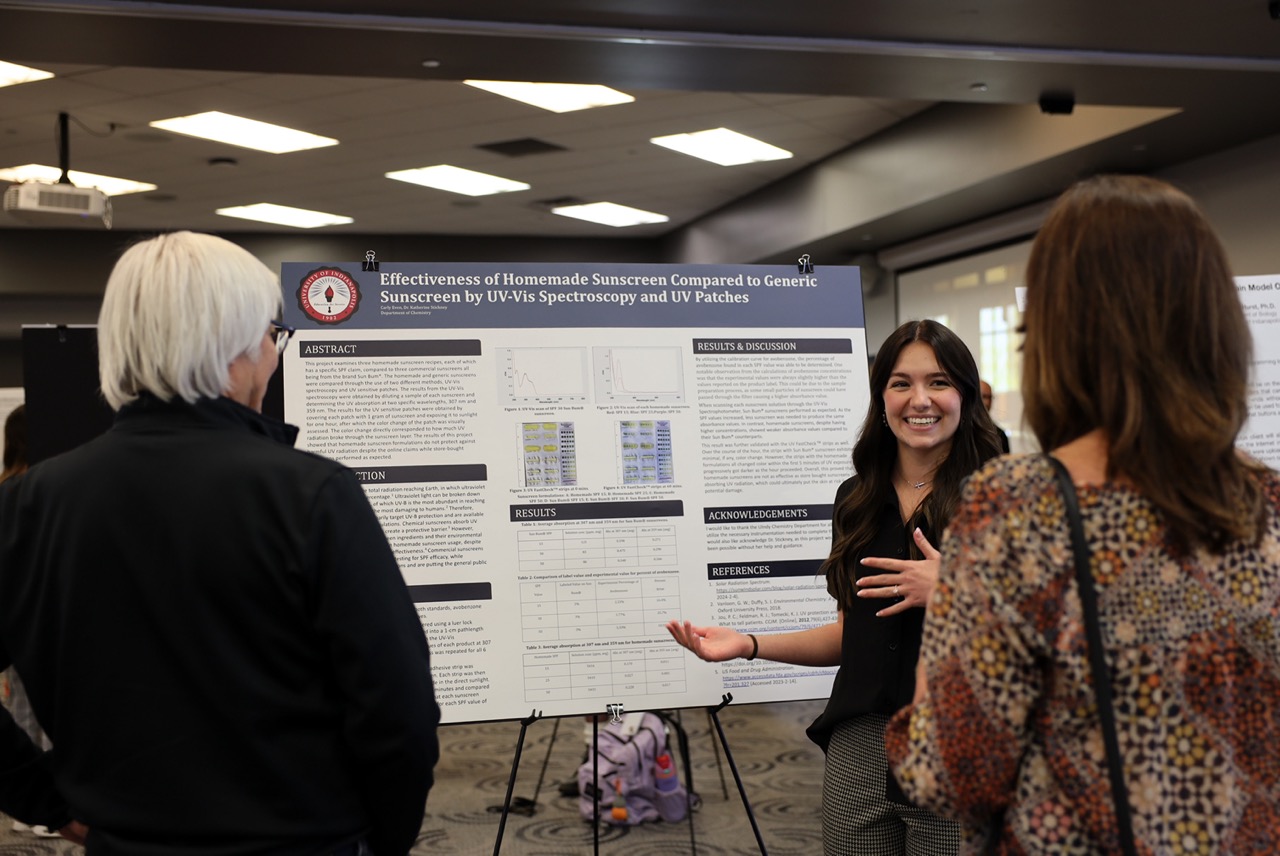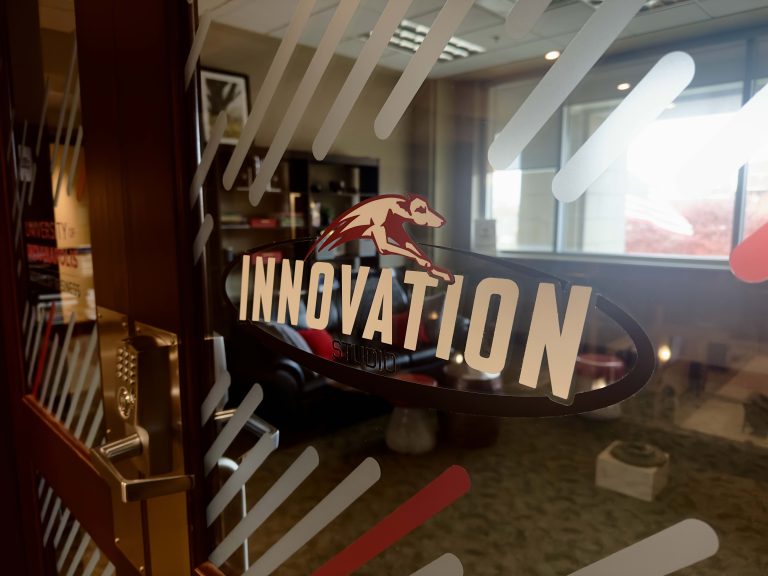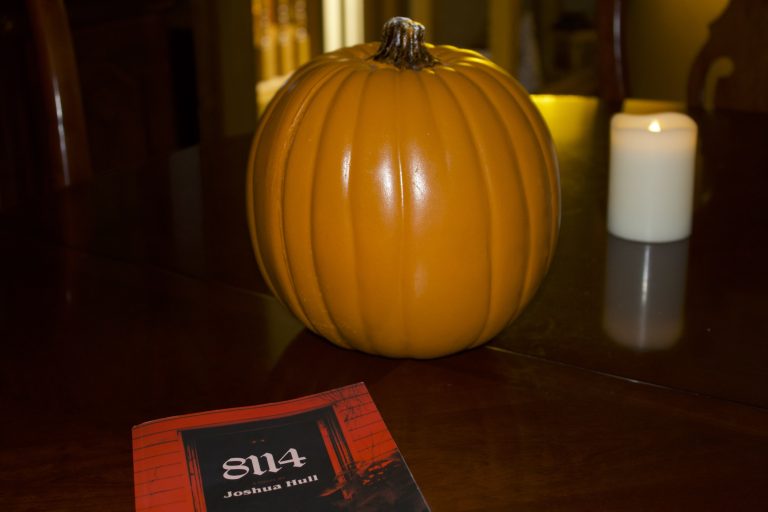
The University of Indianapolis hosted the Scholars Showcase, an annual event that occurs at the end of the Spring semester. The Showcase is an opportunity to highlight the scholastic accomplishments of undergraduate and graduate students and faculty, according to UIndy’s website.
According to Professor of Biology and Co-chair of the Scholars Committee Alicia Cecil, there is a wide diversity of research being conducted at UIndy. Some students also participate in the Showcase for their classes.
“It’s an opportunity for people in the arts to showcase some of their work, for musical performances to occur—everyone can just show their scholarly and creative activity they have been engaged in,” Cecil said.
Assistant Professor of Nursing Sarah Holmes said she and Cecil are co-chairs of the committee this year. Holmes said the showcase aims to have at least one or two days dedicated to highlighting the work students and faculty are doing, across all fields. Holmes said originally the showcase was limited to STEM-related fields, but has changed in recent years.
“… We have things where we try to highlight not just the research that’s been going on, but also some of those things we tend to think are outside like scholarships, they really aren’t,” Holmes said. “Because there’s scholarship in the fine arts, and we wanted to really start to bring in these last few years with the event.”
According to junior chemistry and biology major AJ Garrett, the Scholars Showcase has allowed her to develop her abilities to talk and present her findings to her peers..
“It’s really difficult and a lot of us struggle with how to actually present our findings,” Garrett said. “Especially when it comes to non-chemistry majors … how do you get the information across without making it too dumbed down without also making it overcomplicated?”
Garrett said she has been working on her project since her freshman year, as part of a research class she had to take for her scholarship. According to Garrett, this year she is presenting her research on gold nanoparticles used to develop latent fingerprints. Garrett said her work with latent fingerprints and nanoparticles combines chemistry with forensics.
“If I press my finger on the table, you can’t see that I left a fingerprint but there is one there,” Garrett said. “And the nanoparticles bind with your sweat components in the water that’s left in your fingerprints, and it makes it visible. If I soak a piece of paper with a fingerprint on it, in the nanoparticles and let it dry it, that specific part of the paper turns pink and it shows all the ridges of your fingerprints.”
According to Holmes, she would encourage students, no matter how small or big they think their work is, to consider submitting their work to the showcase. Holmes said it provides students with a solid foundation on how to present their work when they leave college and venture into the professional world, while they are in school.
“I think we have a duty, while you’re learning and while you’re at the university to disseminate out what you’ve been working on…And whether the project is finished or not, you know, again, whether you think it’s big or small,” Holmes said.








